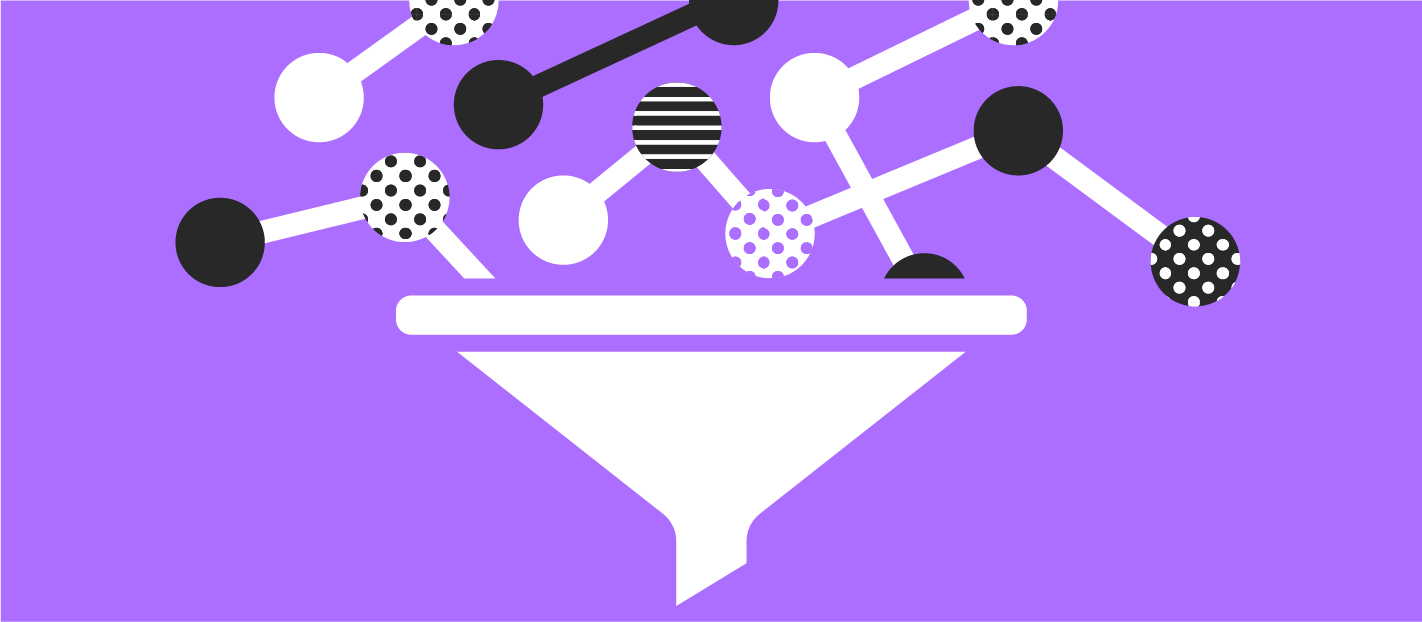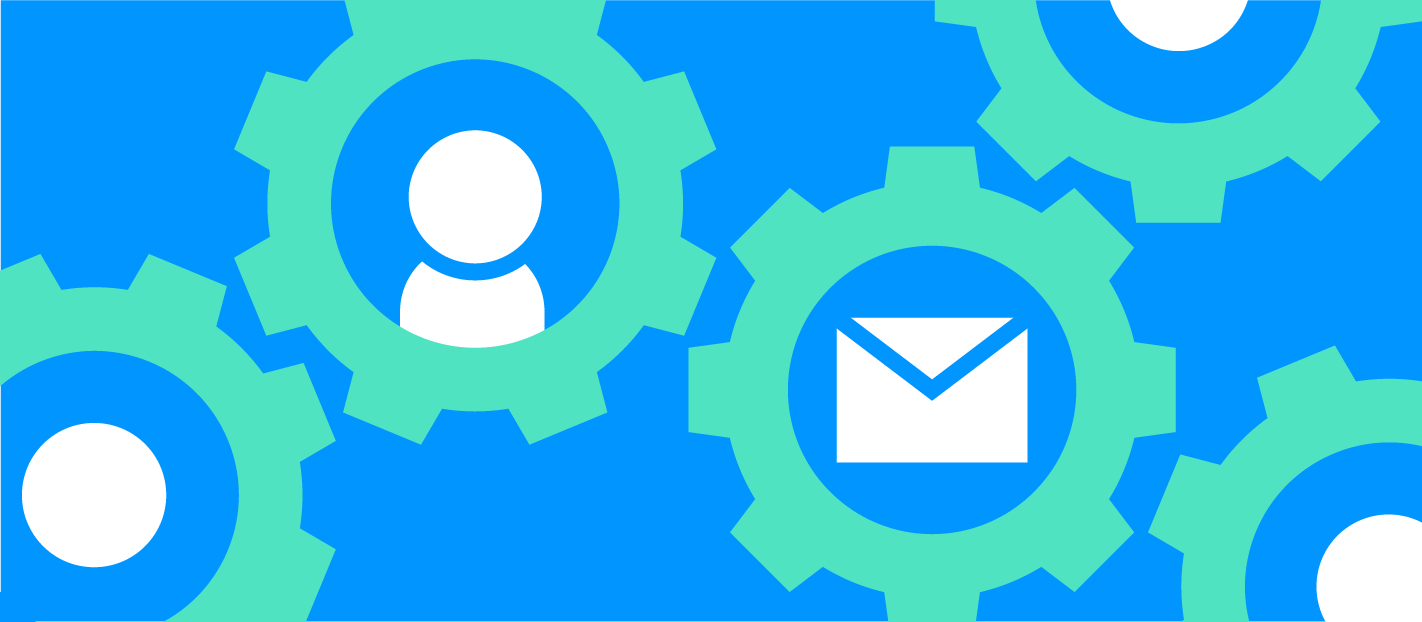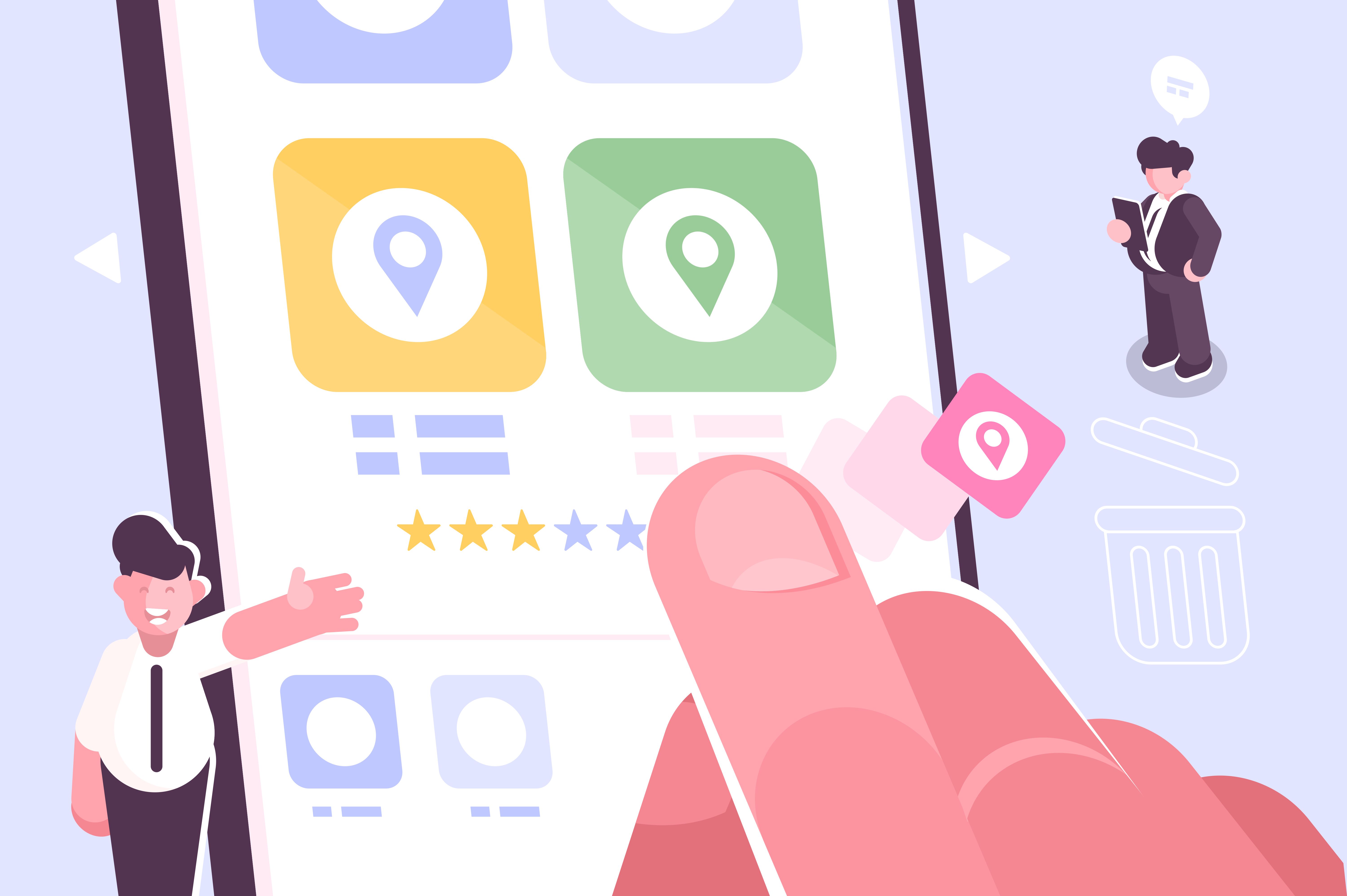
There are so many things you can do with marketing automation. The question is, what? Smart marketing automation begins with your website users and customers: the people that you’ll be communicating with.
If you don’t segment out the right people, then you run the risk of annoying or angering someone with your automated efforts. But when you do talk to the right people at the right time, you can serve them with a message that is relevant and helpful.
It all starts by getting to know your customers through their behaviours and actions.
In this post, we’ll cover:
- Audience analytics definition
- Audience analytics tools
- The difference between properties and events
- How audience analytics works
- Top customer filters for ecommerce
- Top customer filters for B2B
- Top customer filters for SaaS
- Top customer filters for digital publishers
Audience analytics definition

Audience analytics goes beyond website analytics to help you better understand the people who use your website. With audience analytics, you can learn what individual users do on your site, instead of just looking at your website pages engagement rates and other statistics.
You can discover your active users and create realistic criteria to segment your audience based on activity and behavior.
Audience analytics tools

Most companies attempt to conduct audience analytics using Google Analytics, but it lacks the ability to create something like our own Customer Data Hub. You can’t use Google Analytics to collect data about your users as unique individuals. You can only look at trends in behavior reports and page views.
An audience analytics tool should:
- Capture and create a profile for each user
- Segment users based on meaningful actions
- Track users in real time so you can set up automation that triggers immediate actions
- Provide website analytics as well so you can monitor trends alongside individual user behaviour
The difference between properties and events

In order to segment your users, you need to apply filters.
There are two main types of filters:
- Properties – A status, something that the user has or has done (i.e. has downloaded 2 or more white papers)
- Events – A specific action that was taken so you can address it in a timely manner (i.e. downloaded a white paper less than 7 days ago)
Both properties and events are great ways to filter users, and as you can see there can be both properties and events for the same user behavior. If a user has downloaded a white paper, that’s an event, but it is also a property because the user now has 1 white paper download logged in the profile in the customer data hub.
Both properties and events are great ways to filter users, and as you can see there can be both properties and events for the same user behavior. If a user has downloaded a white paper, that’s an event, but it is also a property because the user now has 1 white paper download logged in the profile in the customer data hub.
As we explore the top customer filters for different business types, some will be properties, some will be events, and some could be filtered from either viewpoint.
How audience analytics works

You might be wondering how an audience analytics platform can legally capture data on users. Your platform will have lots of anonymous users that you can still analyze in order to understand trends and website usage.
But when it comes to automating campaigns to the right people using chat or email, you’ll only be able to do that for website users who have opted into your email list, either by downloading a white paper, signing up for your newsletter, making a purchase, or signing up for a free trial or free version of your product.
Top customer filters for ecommerce

There are dozens of built-in filters in GoSquared, and you can create custom ones too. Let’s take a look at the top ones that you can utilize and combine as an ecommerce business.
Abandoned checkout
If someone has abandoned the checkout process, you could send a follow up email offering help and guidance or simply reminding them to complete their order.
Added to cart (count) AND completed transaction count of 0
Let’s say that a website user has added something to their cart 5 times in the history of their time on your website, but they have not completed a transaction. Depending on the nature of your product, you could offer help picking the right size, remind them of your free return policy, or offer a coupon to entice them to complete a transaction.
Continue shopping (count) AND completed transaction count of 0
Similar to the above concept, if someone has clicked on “continue shopping” multiple times after adding items to their cart but they still haven’t completed a transaction, you might want to offer something to help them cross the finish line.
Completed transaction (last occurred) AND Abandoned checkout (last occurred)
When someone abandons their cart, you want to reach out to them right away. That’s true. But failing to follow up with them if they don’t complete the transaction is a big mistake. Abandoned cart campaigns aren’t just three days long. If you’ve identified that someone’s last transaction was the day before they abandoned their cart, you could check in with them about completing their transaction even a month later.
Completed transaction (count)
It’s smart to identify your most loyal customers. You can offer them special discounts, help convert them into brand ambassadors and affiliates, or even send them free gifts or samples. You could use lifetime transaction totals or the number of completed transactions to identify your top customers.
Last seen
Haven’t seen a user in a while? Depending on the nature of your product line, you could send an email when you haven’t seen a user in a month or in a year. Once they’re back on your site, you could also offer them a welcome back deal in a small chatbox popup.
First seen
How long has someone been a customer with you? Maybe you’ll want to send special news or deals to the customers who have been with you since the early days.
Top customer filters for B2B

Now let’s take a look at some of the best ways that B2B companies can filter out their users in order to serve them with relevant marketing messages.
City
Maybe you only serve customers in certain cities, or maybe you’re a global company but you’re hosting an event in a certain city and you want to reach out to all customers and email subscribers in that city so that they get more announcements and updates about the event than do the rest of your email list.
Downloaded white paper AND country AND company industry AND company size
Segmenting your audience by country can help with localizing your communications, and it is also likely part of how you qualify leads. Many B2B companies only sell to companies in certain industries. While you will likely follow up with everyone who downloaded a white paper, you may only offer a free consultation to captured leads in certain countries, industries, and company sizes, for example. The Customer Data Hub can pull this information.
Total engaged time OR total page views
Buying B2B solutions is complicated. You can identify leads who are close to making a purchasing decision by finding people with total engaged time or total page views over certain amounts. Then you can follow up with them via email or trigger a relevant, helpful chatbox popup.
First referrer domain OR campaign name
Maybe your best leads come from a referring domains, such as your top affiliates. Or maybe you have a campaign happening with a partner. Whatever the reason, you might want to cater your messaging to traffic that originally came to you from a specific domain or campaign. Your chatbox messages and emails can be relevant to how they found out about you.
Submitted contact form
Most likely, you’ll want to get in touch with people you contact you on a 1:1 basis, but if your team is backlogged, you can send an email to people who contacted you in the past 2 days and send them your FAQ and let them know you’ll be in touch soon. There are other use cases for this that make sense too, like following up with people who submitted a contact form but are not a customer.
Top customer filters for SaaS

Most of the above filters will also work well for SaaS companies that are B2B. In addition to the ones above, here are some that are more unique to SaaS companies.
Requested a demo
You’ll probably follow up with leads who requested a demo on a 1:1 basis and schedule a time with them personally. This filter can help you stay in touch with them over time. You could also use this filter to send a video demo if you don’t have an inside sales team.
Viewed pricing page
Leads who have viewed your pricing page (especially multiple times) are most likely getting ready to buy your SaaS product. When you know who they are, you can send an email or trigger a popup to offer more information about your pricing or offer to hop on a call if they have questions.
Signed up
Great onboarding is essential to SaaS success and email plays a critical part. You can segment out your new sign ups based on plan type, signup date, and other criteria in order to develop onboarding campaigns that meet their needs.
Top customer filters for digital publishers

Digital publishers need to keep readers coming back to their website. These filtering mechanisms can help you achieve that.
Last seen
If it’s been a while since someone was on your website, you can email them with your top trending stories to get them to hop back on your site and start reading.
Total engaged time OR total page views
While a B2B company might be looking for high levels of engaged time and high page views to identify leads on the cusp of a purchasing decision, a digital publishing UX and marketing team will likely be looking for subscribers with low levels of engagement. If someone hasn’t been on your site lately, they’re not contributing to Ad Sense revenue and they might churn soon (if you they’re part of your paid subscription for premium content).
Visits
How many visits a reader has had to your website can help you segment out your infrequent readers from your fans. Someone who is a regular reader but not a paying subscriber would be a good target for an upgrade campaign. There are so many other ways that a digital publisher could make use of visit counts.
Key takeaways

Audience analytics is really powerful, but in order to capture it and make use of it, you need the right tool. If you’re piece together lots of different tools, automating marketing campaigns based on the above filters will likely be very complicated.
But using one tool that lets you analyse website visitors, segment them, and communicate with them can help you save time and make your campaigns more accurate.
GoSquared is an easy to use analytics platform. Learn more.


